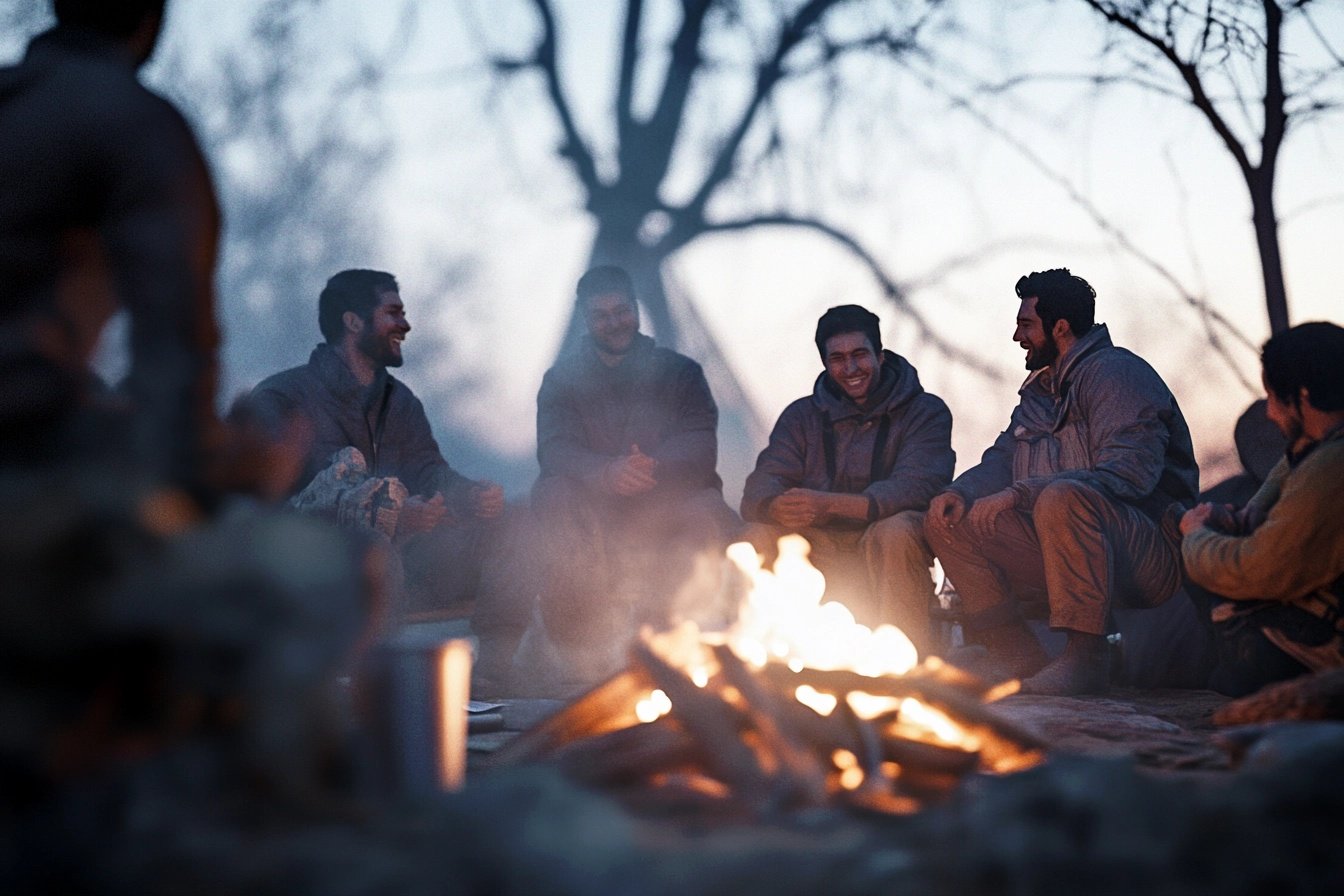Why We Connect: The Science of Human Bonds
Let’s start with a scene we’ve all experienced: you’re at a party, awkwardly holding a drink, and you lock eyes with someone who’s just spilled guac on their shirt. You laugh, they laugh, and boom—connection. Is it fate? Is it pheromones? Actually, science says it’s something much deeper than guacamole and mutual embarrassment. Human bonding is woven into our biology, our evolution, and even our psychology. So, why do we connect? Let’s break it down, science-style.
The Biology of Bonding: Wired to Connect
Human beings are literally wired to bond. It starts in our brains, where oxytocin—the so-called “love hormone”—works overtime during moments of closeness. Whether you’re hugging a friend, cuddling your dog, or holding hands with your partner, oxytocin is released, strengthening trust and emotional connection. Research published in Nature even shows that oxytocin can improve empathy, making us better at understanding and supporting others.
This bonding instinct is an evolutionary tool. Back when survival depended on forming tribes, staying connected meant protection, shared resources, and better odds of survival. Fast forward to today, and though the predators may now be missed deadlines and rent payments, our need to form strong bonds remains just as crucial.
Psychology Meets Chemistry: The Role of Similarity
Ever notice how you’re drawn to people who "just get you"? Psychology has a term for this: the similarity-attraction effect. Studies published in the Journal of Personality and Social Psychology reveal that we’re more likely to bond with people who share our interests, values, or sense of humor. Why? It’s comforting. Familiarity feels safe, and it validates who we are.
Take it one step further: have you ever asked someone a question so deep it made both of you go silent for a moment? That’s the power of vulnerability and open communication. Asking thoughtful, intentional questions (like these from our article “How Asking the Right Questions Can Deepen Your Bond”) creates an emotional bridge, fostering intimacy and trust.
The Science of Social Touch
Touch is atomic. It’s one of the most overlooked yet powerful ways humans bond. Research from the Proceedings of the National Academy of Sciences found that even brief, casual touches—like a pat on the back or a handshake—can release dopamine and serotonin, which improve mood and create feelings of connection.
But it’s not just touch. Non-verbal cues like eye contact, body language, and tone of voice play huge roles in bonding. A warm smile, an open posture, or even mirroring someone’s gestures (a phenomenon called the chameleon effect) can subconsciously make people feel closer to you.
Why Social Bonds Boost Health
Here’s a wild fact: strong relationships don’t just make us happier—they make us healthier. Studies by Harvard University reveal that individuals with close social bonds live longer, experience less stress, and even have lower risks of chronic diseases like heart issues or dementia. In fact, one famous 80-year-long Harvard study found that strong relationships are more predictive of a happy life than wealth or fame.
Think about it: when you’re connected to others, you’re more likely to talk through challenges, laugh off stress, and feel supported. All of these contribute to both mental and physical well-being. So, the next time your friend insists on venting for an hour about their job, remember—you’re literally helping them live longer.
Creating Meaningful Bonds
So, how do we create bonds that last? It goes beyond small talk and shared interests. It’s about effort, attention, and a sprinkle of vulnerability.
Be Present: Put the phone down. Engage fully in conversations. Your Instagram scroll can wait.
Ask Intentional Questions: Skip the surface-level stuff. Dive into deeper questions, like “What’s something you’ve always wanted to try but were afraid to?” (Need help? Check out our article “How Asking the Right Questions Can Deepen Your Bond.”)
Celebrate Small Moments: Connections grow in the everyday—whether it’s sharing a laugh during lunch or texting them that funny meme.
Practice Active Listening: Listening isn’t waiting for your turn to talk. Show you care by reflecting and validating what the other person shares.
The Bondfire Effect
Science tells us that bonding is part biology, part psychology, and a whole lot of effort. But here’s the thing—while the research is fascinating, what really matters is how you show up in your relationships. The guac-on-shirt moment may just be the beginning of something truly meaningful.
So, the next time you’re tempted to say “I’m fine” when you’re not, or avoid asking that vulnerable question, remember: bonding isn’t just about survival—it’s what makes life richer. Who knows? Your next deep conversation could lead to a lifelong connection.
And if you’re looking for even more ways to connect, why not explore some of the fun, thought-provoking activities and questions in the Bondfire web app?



